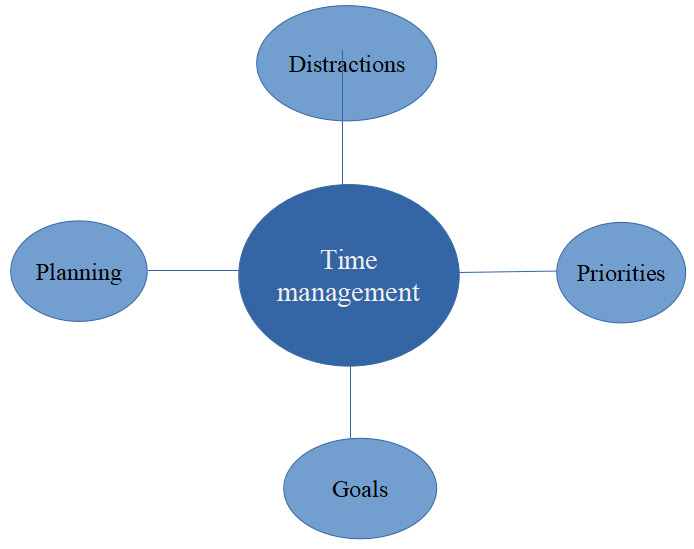News & Events
The Power of Mind Mapping: A Tool for Organizing Thoughts and Ideas

Mind mapping is a process of organising your thoughts by creating a diagram in which one central idea is linked to different concepts, tasks, and subjects. It is a powerful tool that has been helping millions of people in absorbing and organising their thoughts. Mind mapping is used in education for note-taking, revision, problem-solving, essay writing, etc. But, before we explore the many advantages of mind mapping, let us first understand mind mapping in depth.
Mind mapping: In detail
In its most basic definition, mind mapping is a collection of ideas represented by visual diagrams in which the central idea/topic is in the middle, and other ideas and concepts are in its branches (as short phrases or words). Mind mapping does what our brain does- it uses association and connections to map out our thoughts, which helps trigger further ideas. All this makes mind mapping beneficial for doing many tasks. Some benefits of mind mapping are:-
2. Identify your learning style
Mind mapping makes it easy to memorize things as it uses colours, shapes and images for the presentation of data. This visual information helps the brain remember things more effectively. Also, it does not follow a strict hierarchical structure, making it easier for an individual to connect different pieces of data.
2. Creative thinking
Mind mapping allows you to include things you think are too silly or wild to add. You can remove those things if they don’t work, but sometimes these are things that spark great ideas. By removing mental barriers, mind mapping can help you develop out-of-the-box ideas.
3. Problem-solving
Mind mapping helps break down complex problems into small parts that can help you reach the right solution and encourages cognitive flexibility in children. Also, putting a problem in the main topic and then expanding it outward will make it easier for you to understand it bit by bit and find the solution. The best schools in Nalagarh help enhance children's learning by teaching them how to use mind mapping.
Where can you use mind mapping?
One can use mind maps for several things, but broadly, it is used to do the following three tasks:
1. Note-taking
Mind mapping helps students take down notes effectively. It will help you connect the central topic/ idea and expand it outwards by adding different points. Students can use Microsoft Word or make a mind map themselves on a blank page.
2. Brainstorming
Mind mapping presents ideas in a visually appealing way, making it easier for students to generate ideas. Also, mind mapping allows you to tailor-made your brainstorming approach to the subject and your thinking style.
3. Organising information
Many people, not just students, utilise mind mapping to combine difficult material. They use the information from different resources and integrate it into the mind map to find the solution. Best nursery schools in Baddi help children organise their ideas by enhancing their note-taking skills, writing skills and encouraging brainstorming.
How to create a mind map?
The mind mapping technique is popular because it is simple, and you can easily learn mind mapping through online examples and tools. Here are some steps to help you create a mind map.
1. Start with the central idea
Write the main topic on a blank page and then draw a circle around it. Below example will help you get started.

2. Create main branches
Brainstorm subtopics or ideas related to the main topic; Draw lines that connect the subtopics with the primary topic. After that, again, draw a circle around each subheading.

3. Branch out
Provide more ideas, facts, tasks or subtopics related to the main branches. And connect those to the relevant branch. You can use different colours to visualize your ideas more clearly.

4. Review your work
Once you have added everything you like to add, the next step is to see the map again, as it can inspire you to add more branches. And don’t worry too much about the shape of the mind map; just ensure it is properly representing your ideas.
Conclusion
Mind mapping is a powerful technique that helps understand complex concepts and find solutions. It is used in a variety of contexts by individuals to improve learning, creativity and problem-solving. How do you think mind mapping can help students and teachers? Let us know in the comment section.

